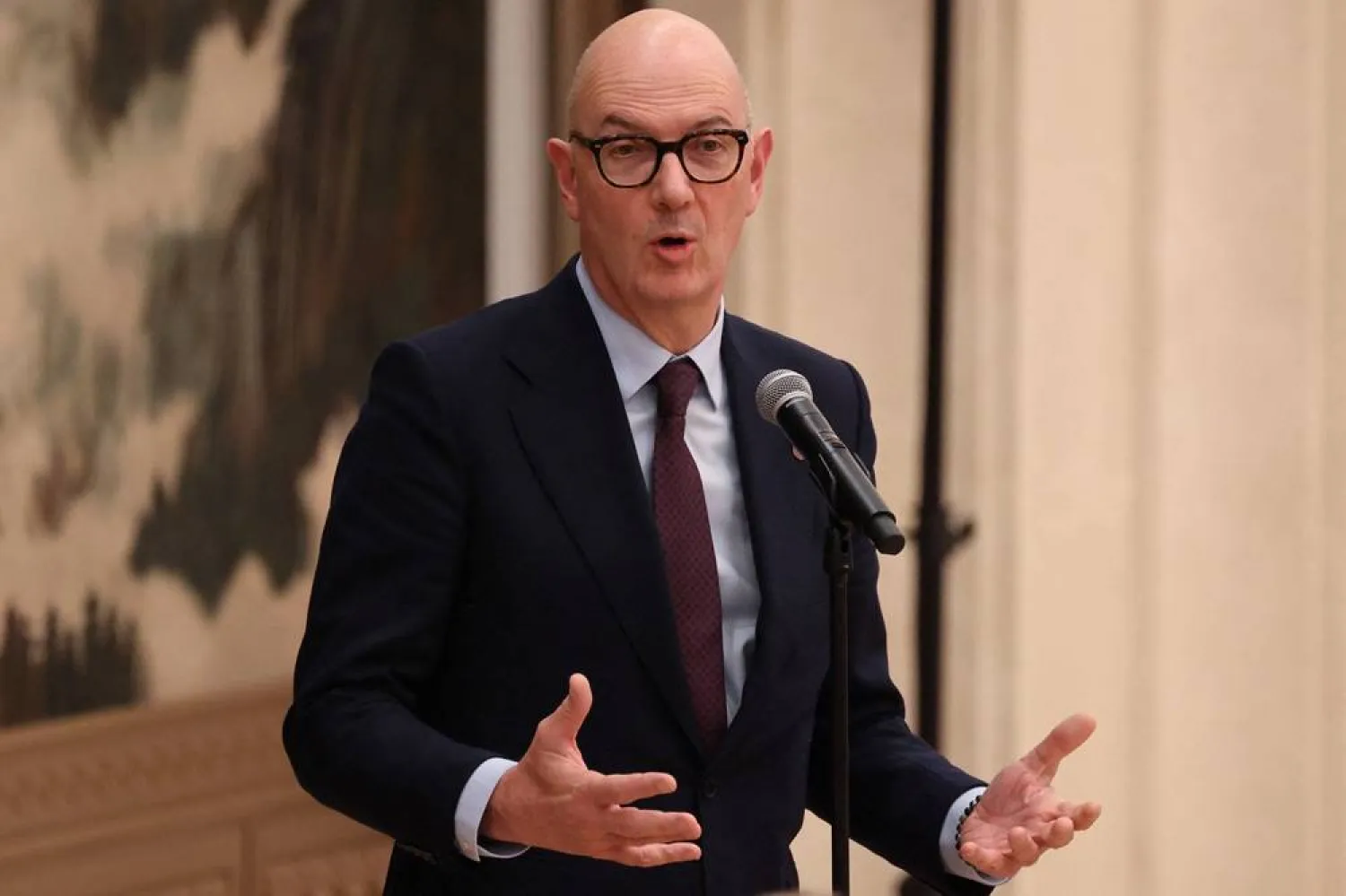Oil prices fell more than 1% on Thursday as a potential peace deal between Russia and Ukraine continued to exert downward pressure, along with rising crude inventories in the United States.
Brent futures were down $1.04 or 1.4%, at $74.14 a barrel by 1303 GMT while US West Texas Intermediate (WTI) crude dropped $1.04, or 1.5%, to $70.33.
Brent and WTI lost more than 2% on Wednesday after US President Donald Trump said Russian that President Vladimir Putin and Ukrainian President Volodymyr Zelenskiy expressed a desire for peace in separate phone calls with him and Trump ordered US officials to begin talks on ending the war in Ukraine.
The oil price decline over the past 24 hours looks to be driven by a change from supply concerns to sufficient supply, said UBS analyst Giovanni Staunovo, adding that some market participants expect an increase in Russian energy exports, Reuters reported.
Russian oil exports could be sustained if workarounds to the latest US sanctions package are found, after Russian crude production rose slightly last month, the International Energy Agency (IEA) said in its latest oil market report.
The Ukraine news and Wednesday's US oil inventories data offset higher US inflation numbers that could drive the US Federal Reserve to take a cautious approach to interest rate cuts in 2025, said PVM analyst John Evans.
Russia is the world's third-largest oil producer and sanctions imposed on its crude exports after its invasion of Ukraine nearly three years ago have supported higher prices.
ANZ analysts said on Thursday that oil prices declined on news of the potential peace talks because of "optimism that risks to crude oil supplies would ease", pointing to the US and EU sanctions.
"Signs of tightening supply have been pushing up oil prices in recent weeks," they said. "US sanctions on Russian oil companies and vessels are said to have exacerbated the situation."
A build in crude oil inventories in the United States, the world's biggest crude consumer, also weighed on the market. US crude stocks rose more than expected last week, data from the Energy Information Administration (EIA) showed on Wednesday.
Also weighing on prices were US President Donald Trump's plans to announce reciprocal tariffs on Thursday. "Today is the big one: reciprocal tariffs," Trump wrote on his social media platform.









